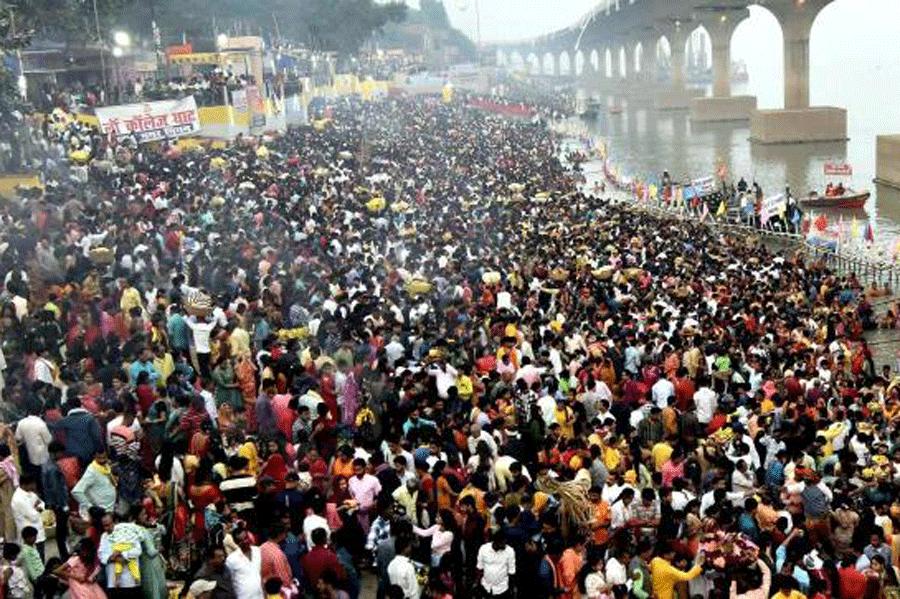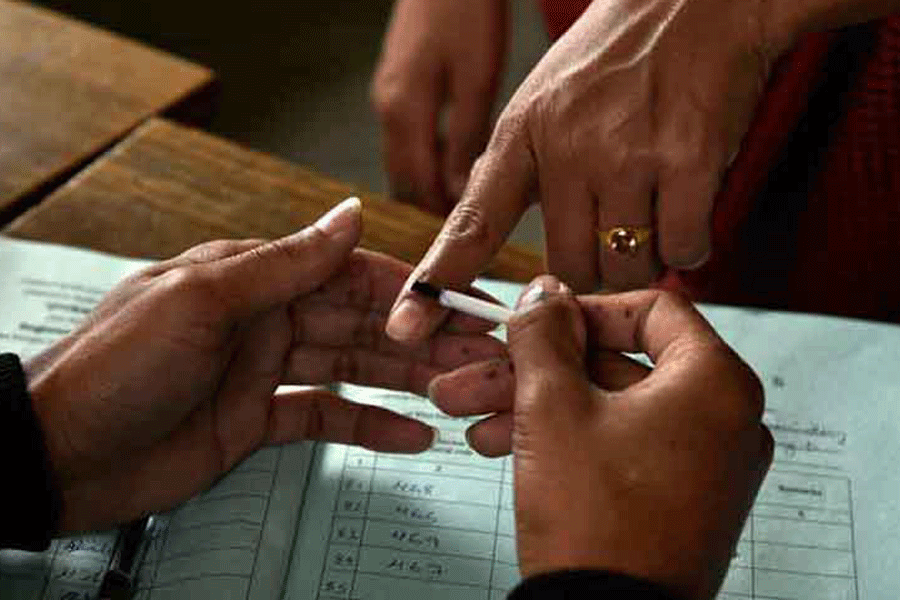The Bihar government is working to get Chhath Puja — the biggest festival of the state, dedicated to the worship of the Sun — included in the Unesco ‘list of intangible cultural heritage of humanity’.
It has pitched for it to the central government to facilitate the inclusion.
Intangible cultural heritage refers to the traditions and living expressions that are transmitted from one generation to the other. It is traditional, contemporary and living — all at the same time, and is also known as ‘living heritage’.
The Bihar Museum is spearheading the work to prepare a dossier on the four-day Chhath Puja, which will be submitted to the Centre for being submitted to Unesco, which had created the ‘convention for the safeguarding of intangible cultural heritage’ in 2003.
If successful, Chhath will join the league of 14 other intangible heritage across the country, including Calcutta’s Durga Puja, the Kumbh Mela, Navruz festival, Yoga, traditional brass and copper craft of utensil making among the thatheras of Jandiala Guru in Punjab, Sankirtana (ritual singing, drumming and dancing) of Manipur, Buddhist chanting of Ladakh, Chhau dance, Kalbelia folk songs and dances of Rajasthan, Mudiyettu ritual theatre and dance drama of Kerala, Ramman religious festival and ritual theatre of Garhwal Himalayas, Kutiyattam Sanskrit theatre, tradition of Vedic chanting, and Ramlila.
“We have started the work and have pitched to the government of India to get Chhath Puja included in the Unesco lists of intangible cultural heritage. It is a combination of rituals and festivals,” Bihar Museum director-general Anjani Kumar Singh told The Telegraph.
Singh, a former chief secretary of Bihar, who at present is also an advisor to chief minister Nitish Kumar, pointed out that as per the protocol for inclusion in the Unesco list, a dossier including the historicity, legacy, traditions, rituals, the links between the past and present, and the changes over the centuries and decades in Chhath needs to be prepared.
“We are aiming to prepare the dossier to be submitted to Unesco in the next three to four months. The entire process of Chhath Puja being included in the list of intangible cultural heritage could take up to a year,” Singh added.
The origin of Chhath Puja as a form of the worship of the Sun god is shrouded in the hoary past. It is also mentioned in various religious and mythological texts including the Puranas and the Mahabharata.
The worship rituals start on the fourth day after Diwali and include offerings to the Sun in rivers, ponds, tanks and other water bodies, and over 36 hours of continuous fasting without even taking a sip of water. A special emphasis is laid on cleanliness during the festival.
Although mainly celebrated in Bihar, Jharkhand and parts of eastern Uttar Pradesh, the Chhath Puja has now travelled to different parts of the country and the world with the migration of people.










